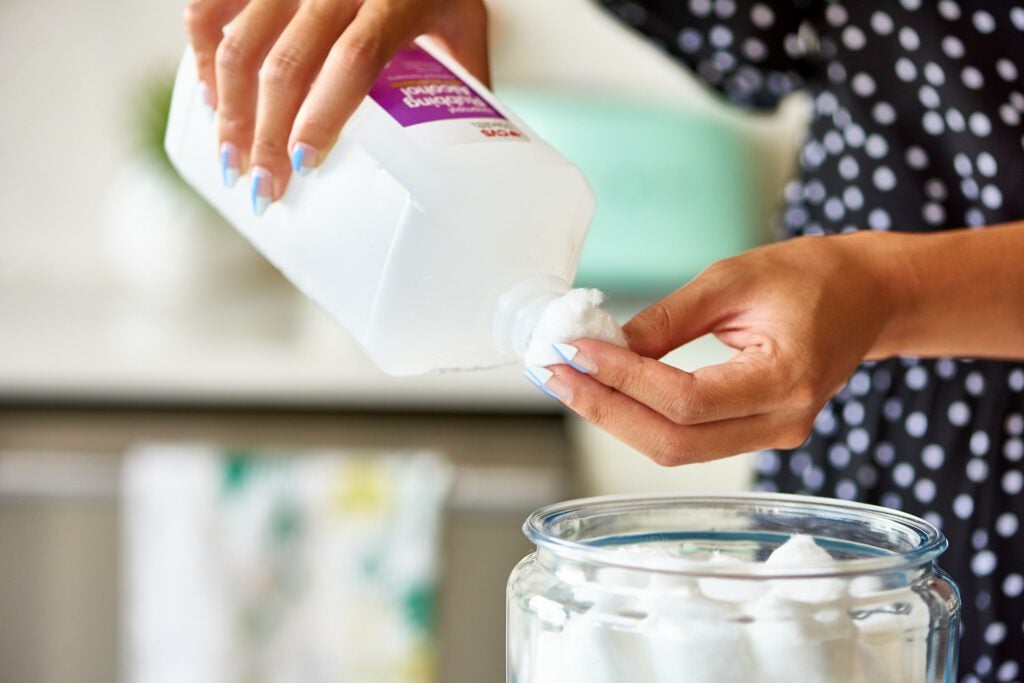Rubbing alcohol can either be isopropyl alcohol, ethanol, or the comparable British Pharmacopoeia-defined surgical spirit. Isopropyl alcohol products are the most widely available today. These are solutions that are primarily used as topical antiseptics. They are also a part of a wide range of industrial and household applications. But did you ever wonder why using alcohol on open wounds stings?
When exposed to heat, special cells known as Vanilloid Receptor-1 (VR1) send neurochemical signals to your brain. When the receptors on your cut are exposed to alcohol, the alcohol molecule lowers the temperature threshold required to send this signal.
History of Rubbing Alcohol
In the mid-1920s, the term rubbing alcohol became popular in North America. The original rubbing alcohol was used as a massage liniment, hence the name. This original rubbing alcohol was not like today’s precisely formulated surgical spirit; in some formulations, it was perfumed and contained different additives, most notably a higher concentration of methyl salicylate.
The name rubbing also indicated that the alcohol was not intended for consumption, which was a significant distinction during Prohibition-era America; however, it had become well-documented surrogate alcohol as early as 1925. (Source: Evidence)
What Are the Different Characteristics of Rubbing Alcohol?
All forms of rubbing alcohol are flammable and volatile. Because of the additions, ethyl rubbing alcohol has a rather harsh flavor. At 15.56 °C, the specific gravity of Formula 23-H is between 0.8691 and 0.8771.
Isopropyl rubbing alcohols include 50% to 99% isopropyl alcohol by volume, with the rest being water. Boiling points range from 80 to 83 °C depending on the amount of isopropyl alcohol in the mixture; freezing points range from 32 to 50 °C. At 80 degrees Celsius, surgical spirit BP boils.
Color additives may be used in naturally colorless items. They may also include medically inactive chemicals such as wintergreen oil for aroma or other purposes. (Source: Chemtek)
How Else Can We Use Rubbing Alcohol?
Rubbing alcohol is quite useful, especially for disinfecting. But did you know there are other uses for rubbing alcohol? Here are some other ways you can use rubbing alcohol:
Pest Remover
Rubbing alcohol is a non-toxic, natural way to get rid of pests on your houseplants. Stop small outbreaks of mealybugs, aphids, whiteflies, and scale crawlers by wiping the insect with a cotton swab dipped in it.
Relieves Nausea
After surgery, it is common to feel sick to your stomach or throw up. It’s a side effect of the sleeping medication. According to some studies, breathing in rubbing alcohol on alcohol pads can help soothe your stomach after surgery. It may be more effective than standard anti-nausea medications, but the effects are only temporary.
Instant Do-It-Yourself Cold Pack
Pour a 1-1 solution of rubbing alcohol and water into a reusable storage bag and freeze it to make a cheap cold pack. You can even color it blue to make it look like a store-bought ice pack. It will not become hard in the freezer. It can be used to treat minor sprains and strains.
(Source: Web MD)
